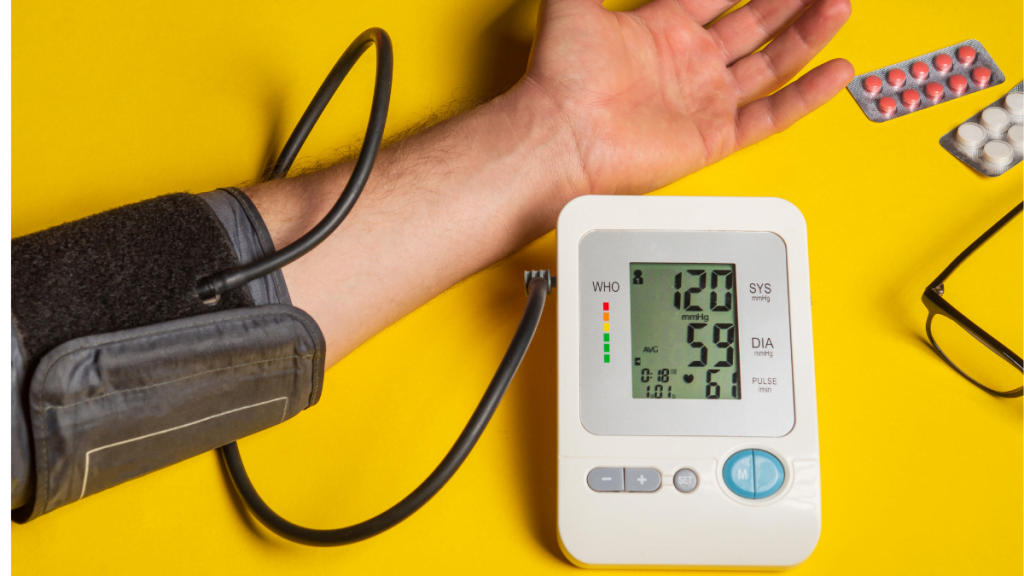In today’s fast-paced world, the ability to monitor our health from the comfort of our homes has become an invaluable convenience. Blood pressure monitors, designed to provide us with essential insights into our cardiovascular well-being, have become a staple in many households. However, it’s crucial to acknowledge that even amidst technological marvels, these monitors are not immune to providing inaccurate results. This article dives deep into the potential for blood pressure monitors to present false readings and offers practical guidance on how to steer clear of this predicament.
The Significance of Accurate Blood Pressure Monitoring
The human cardiovascular system is a complex network that requires meticulous care. Regular monitoring of blood pressure plays a pivotal role in understanding the dynamics of this system. High blood pressure, also known as hypertension, is often regarded as a silent antagonist, lurking behind the scenes and potentially leading to serious health complications such as heart disease, stroke, and renal issues. On the flip side, low blood pressure can also be indicative of underlying health concerns. This highlights the necessity of consistent blood pressure tracking to facilitate early detection and effective prevention strategies.
Unmasking the Factors Behind False Readings
1. The Art of Proper Utilization
One of the primary culprits behind erroneous readings lies in the improper usage of the blood pressure monitor itself. The manner in which the cuff is applied plays a pivotal role in determining the accuracy of the readings. A cuff that’s too loose or unevenly fastened can introduce errors into the equation. Following the manufacturer’s guidelines meticulously is imperative to guarantee accurate measurements.
2. Influence of Movement and Posture
The intricacies of blood pressure measurement extend beyond the monitor and into our own actions. Sudden movements or incorrect positioning during measurement can significantly skew the results. Achieving accuracy requires adopting a serene posture, sitting still with an upright back, and keeping both feet flat on the ground throughout the measurement process.
3. Cuff Size: Not a One-Size-Fits-All Affair
Selecting the appropriate cuff size for your arm is an often overlooked yet vital factor in obtaining dependable readings. An ill-fitting cuff can lead to distorted measurements. Opting for a cuff that snugly fits your arm’s dimensions is a simple yet impactful step toward precision.
Delving into the Rhythms of Blood Pressure Fluctuations
Blood pressure is not a static number etched in stone; rather, it exhibits fluctuations throughout the day owing to a medley of factors such as stress, physical activity, and dietary habits. This phenomenon, often referred to as “burstiness,” can occasionally trigger inaccuracies, especially if measurements coincide with periods of stress or physical strain.
Navigating Through the Intricacies of Blood Pressure Variability
The intricacies of blood pressure measurements introduce a concept known as “perplexity.” This pertains to the unforeseen variability in readings that can confound the accuracy of the monitor. To navigate through this intricacy and ensure trustworthy readings:
1. Embrace the Power of Repetition
Relying on a single reading might not offer the comprehensive insight you seek. Taking multiple readings at varying times of the day and subsequently averaging them out can provide a more comprehensive snapshot of your blood pressure trends.
2. Courting Relaxation for Accurate Readings
Serene surroundings and a relaxed mindset form the bedrock of accurate blood pressure measurements. Before initiating the measurement process, take a few moments to sit in tranquility and let your body settle into a calm state.
3. Avoiding Culprits: Caffeine and Smoking
In the pursuit of dependable readings, it’s advisable to abstain from caffeine and smoking before measuring your blood pressure. These substances can temporarily elevate blood pressure levels and skew the results.
Concluding Thoughts
The landscape of health monitoring has been revolutionized by the introduction of blood pressure monitors, offering us an avenue to take charge of our cardiovascular well-being. Nevertheless, the possibility of encountering inaccurate readings looms over these devices. By comprehending the nuances of proper usage, acknowledging the fluctuating nature of blood pressure, and navigating through perplexing variability, you can ensure that the insights these monitors provide are both accurate and actionable.
FAQs
- Can heightened anxiety impact blood pressure measurements? Yes, anxiety can lead to elevated blood pressure readings. It’s advisable to remain composed before taking measurements.
- Are wrist-mounted monitors as accurate as their traditional arm-based counterparts? Wrist monitors can be slightly less accurate due to potential issues with positioning and movement. Generally, arm monitors are considered more reliable.
- Is there an optimal time for blood pressure measurements, morning or evening? Both morning and evening measurements have merit. It’s recommended to track your blood pressure at different times to comprehend your daily fluctuations.
- Is relying solely on home blood pressure monitoring a prudent choice? While home monitoring holds immense value, it should be complemented with regular healthcare professional check-ups to ensure comprehensive oversight.
- How does stress factor into false blood pressure readings? Stress can contribute to elevated readings. To ensure accurate results, adopt stress management techniques before measuring your blood pressure.

